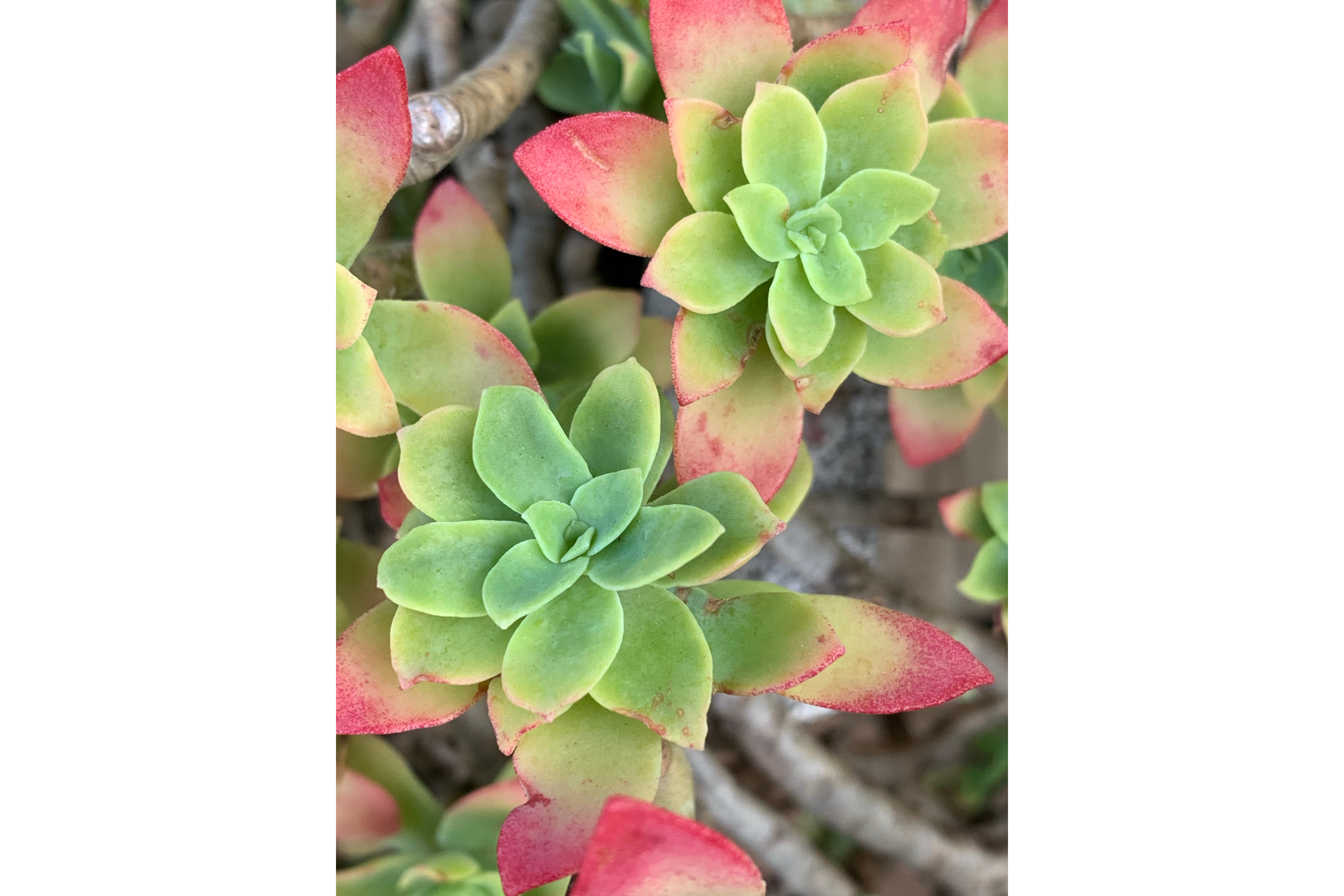Broadleaf stonecrop
(Sedum spathulifolium)

Description
Sedum spathulifolium is a species of flowering plant in the family Crassulaceae known by the common names broadleaf stonecrop, yellow stonecrop, and spoon-leaved stonecrop. An evergreen perennial, it is native to western North America from British Columbia to southern California, where it can be found often in shade in many types of rocky habitat in coastal and inland hills and mountains. It is quite variable and usually divided into at least two subtaxa. In general, it is a succulent plant producing mats of basal rosettes from a system of rhizomes. The basal leaves are 1 or 2 centimeters long. They are sometimes coated in a waxy, powdery looking exudate. The inflorescence is a short, erect array of many small flowers with yellow petals. The specific epithet spathulifolium refers to the spade-shaped leaves. This plant is useful as ornamental groundcover in well-drained soil in full sun or partial shade. It dislikes winter wet. Numerous cultivars have been selected for garden use, of which 'Cape Blanco' and 'Purpureum' have received the Royal Horticultural Society's Award of Garden Merit. Sedum is a large genus of flowering plants in the family Crassulaceae, members of which are commonly known as stonecrops. The genus has been described as containing up to 600 species, subsequently reduced to 400–500. They are leaf succulents found primarily in the Northern Hemisphere, but extending into the southern hemisphere in Africa and South America. The plants vary from annual and creeping herbs to shrubs. The plants have water-storing leaves. The flowers usually have five petals, seldom four or six. There are typically twice as many stamens as petals. Various species formerly classified as Sedum are now in the segregate genera Hylotelephium and Rhodiola. Sedum was first formally described by Carl Linnaeus in 1753, with 15 species. Of the genera encompassed by the Crassulaceae family, Sedum is the most species rich, the most morphologically diverse and most complex taxonomically. Historically it was placed in the subfamily Sedoideae, of which it was the type genus. Of the three modern subfamilies of the Crassulaceae, based on molecular phylogenetics Sedum is placed in the subfamily Sempervivoideae. Although the genus has been greatly reduced, from about 600 to 420–470 species, by forming up to 32 segregate genera, it still constitutes a third of the family and is polyphyletic.
Taxonomic tree:







